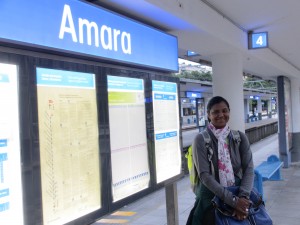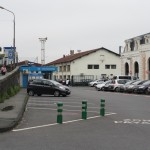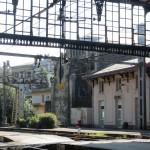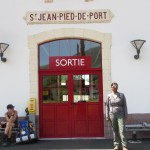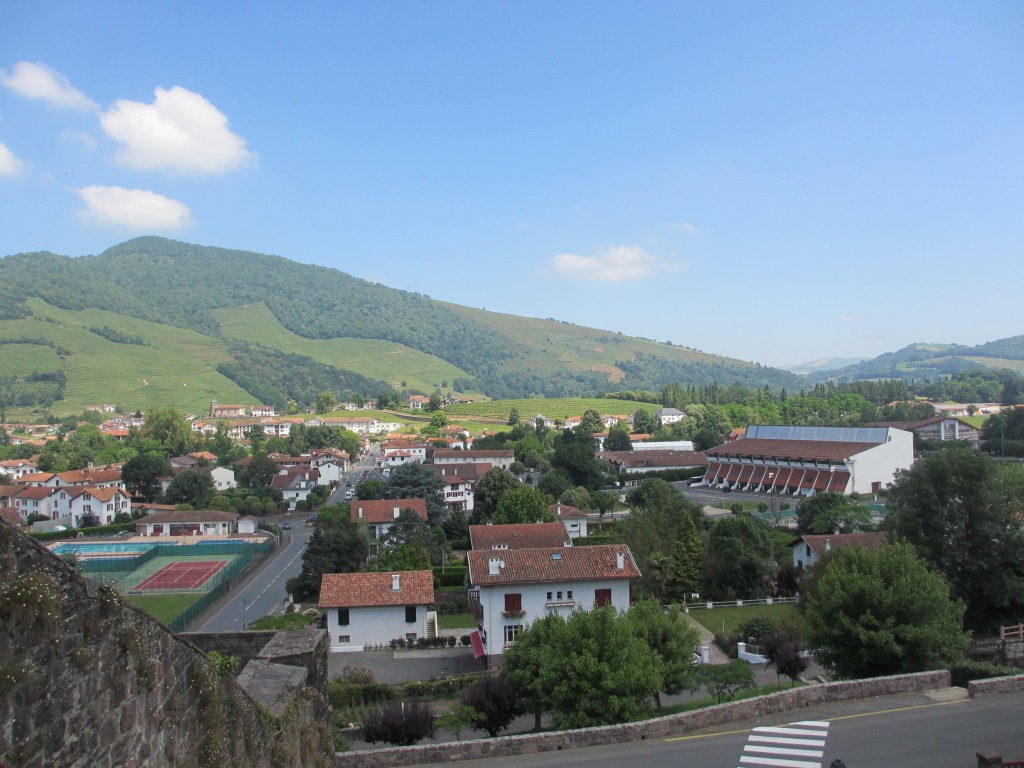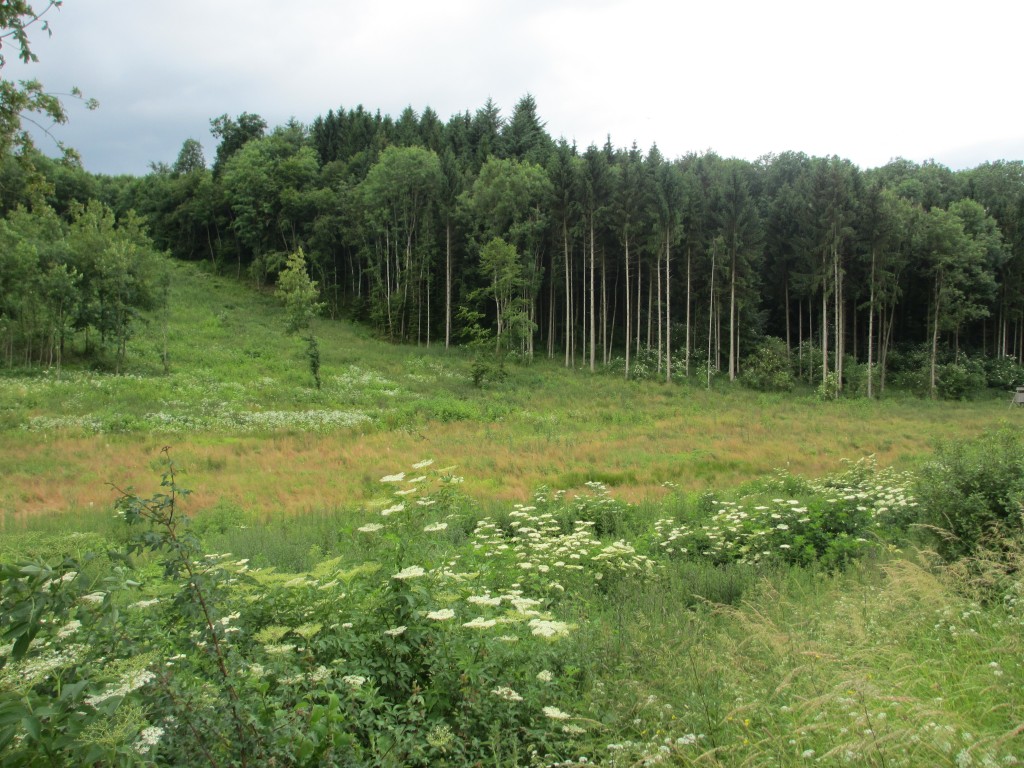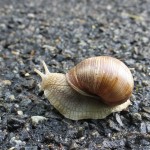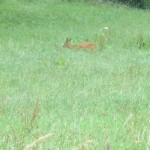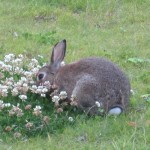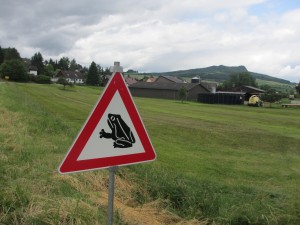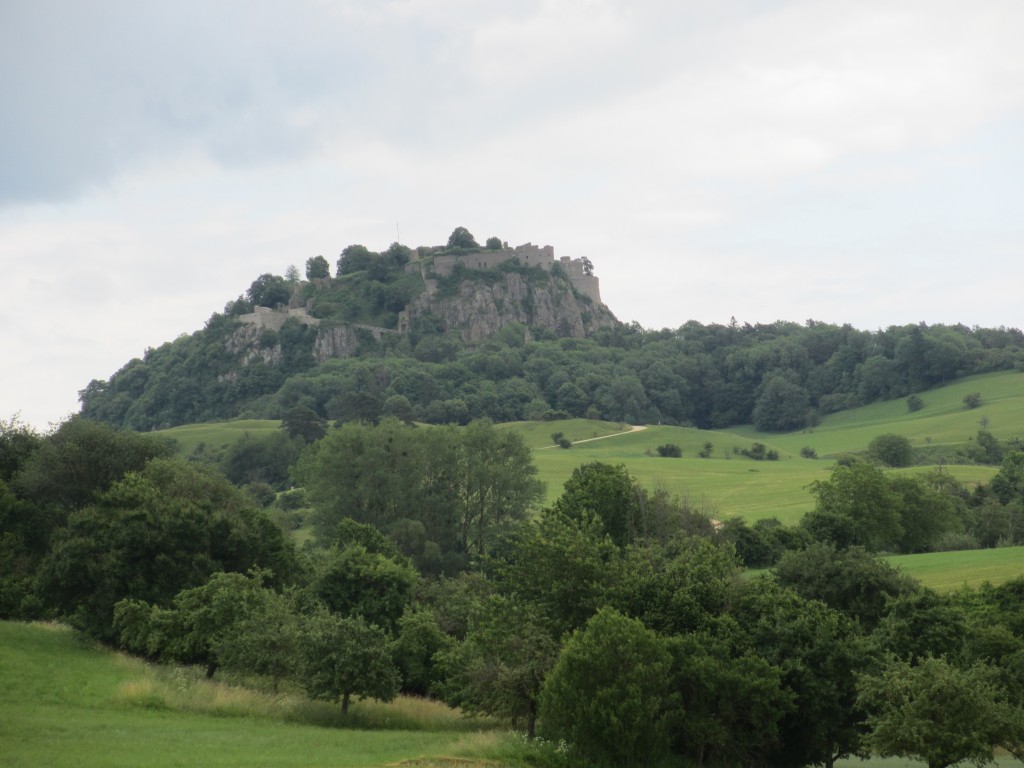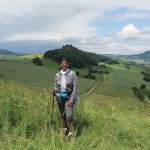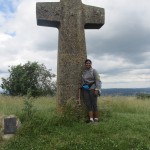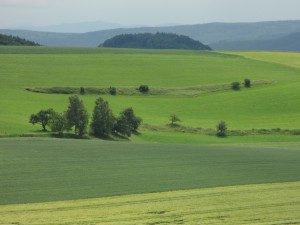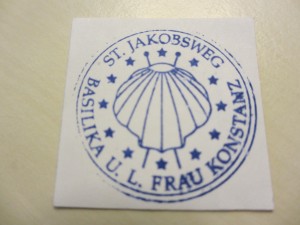Chapter 5 – Planes, Trains & Automobiles (Buses & Taxis) to Saint Jean Pied de Port
Adventure is worthwhile – Amelia Earhart
Getting to St Jean PP (SJPP) is not easy – it’s a tiny town in the French border at the foot of the Pyrenees. When we did the research for SJPP – there were many forums that talked about how tricky it was to get there. Not a single time I found an easy or a consistant answer. Everyone had a different path and link to get there – but none I found easy. It involves many switches, combination of buses and trains. There were forums about a special schedule for the summer with more trains and buses – but again none I found fruitful.
Getting to Stockholm was easy (Zurich to Stockholme) but getting to our starting destination for my Camino was still a question mark. We knew the easiest way to approach this was by getting to Spain since we have been to Bilbao and San Sebastian in February so we are putting all our attempts with getting to SJPP from Spain.
We got to Bilbao airport from Stockholm then took an airport bus directly from to San Sebastian right away – ok not right away since the first bus from Bilbao was full not too many people from the plane were able to get on. So we had to wait for the next bus an hour later at 2:45pm so we waited an hour but we knew we would be first one to get in since were the first in line. Not bad we had to pay 16 euro one way to San Sebastian – being exhausted we slept the whole way since we were up at 5am in Stockholm to get to the airport for 6:30pm.
We tried to book a hotel by the main bus terminal at San Sebastian a month ago – where we would catch the bus to Bayonne, France but the hotel was full so we found a hotel 2 km away inside the city.
The hotel was right across from the river Urumea and it had WIFI so we took it. Getting to Bayonne was the mystery – a French border town where we would catch the train to SJPP – even though our Pension was next to the local train station we needed the commuter train station since we needed to go to France. Train seemed like a good option for us as the bus system is unreliable in Spain. You can’t buy tickets in advance, if your bus leaves at 9pm, you can only buy ticket at 8pm – its first come first served and no online purchasing. I also heard the ticket is only good for 2 hours and if you don’t use it then its voided so you have to be careful not to buy it advance, totally different from our system where you can buy tickets in advanced or online.
We asked the hotel by the bus terminal if they have seen lot of Camino travellers or backpackers and they couldn’t give an answer but the bus would leave San Sebastian at 9am and reach Bayonne at 10:30 am. Unfortunately that was not a good option since the train to SJPP leaves Bayonne at 10:48 am you could miss the train if the bus was late and you are stuck for 4 hrs until the next one at 2:30 pm. The train and bus station were not close to each other so you could miss the train to SJPP. So it was pota-to or pot-tato and since would need to line up at 8 am at the bus terminal or earlier to get a ticket given out at 8:45 to catch the 9am bus to Bayonne.
We didn’t think it was an option since we wanted to be in SJPP by 1pm so we could have a lunch and get our things together for the Camino the next day and to enjoy SJPP a little since we won’t have any time since we would be leaving for the Camino at 7 am. After talking to many people we found out that the commuter train station (not the station beside our hotel) but the one 2 km away goes to Handaia everyday every 30 minutes, the French border town where we could take a train to Bayonne.
No, this is not possible?? Fantastic to investigate it further we went to the train station from our hotel. Yup every 30 minutes in the morning it leaves for Handaia and we could reach Bayonne but if we took it early enough we could catch the train to SJPP at 10:48 from Bayonne, this would make all the connections possible. That seemed to be the perfect solution for us. Instead of waiting for an hour by the bus station where it might be crowded with pilgrims going to Bayonne and possibly miss the connection in Bayonne (if the bus was late) didn’t seem like a solution for us.
Once we figured it out – we celebrated our victory in San Sebastian with a lovely around the beach and old town with various Pintoxs and got to our room to get an early rise.
Next morning we caught the train from San Sebastian (Donostia-Amara) to Hendaia at 7:15 am and that got us in Bayonne at 8:05am. This train station at Hendaia at the Spanish and French border is very famous. This is the train station Hitler and Franco had a meeting and Franco decided not to participate in the war but to be a sympathizer instead. The old station doesn’t exist as new one is built but it’s the same place – the Spanish and French train station are side by side at the same parking lot sharing the border so you just take you baggage and cross the parking lot to get to the French side.
We were so happy to get to Handaia early and bought tickets to Bayonne and SJPP ad were able to make the connection by 45 min apart where we had ample time in Bayonne to change platform to catch the train to SJPP.
We expected a lot of people in the train station but were surprised to see very little packers. When you get to Bayonne make sure you have all your papers (passport with you), if you are non-white chances are you are going to be asked for documentation as I was surprised to see the police asking only non-white passengers in the train station. If you need to use the washroom use the washroom from the café across the street as the washrooms are not clean at the train station or in the train.
St. Jean Pied de Port is a beautiful small town and as it deserves its own blog as our journey continues..
Buen Camino!

